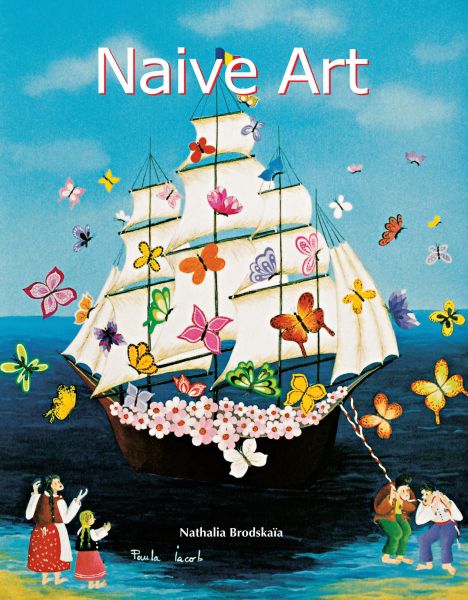Naive Art
Naive art first became popular at the end of the 19th century. Until that time, this form of expression, created by untrained artists and characterised by spontaneity and simplicity, enjoyed little recognition from professional artists and art critics. Influenced by primitive arts, naive painting is distinguished by the fluidity of its lines, vivacity, and joyful colours, as well as by its rather clean-cut, simple shapes.
Naive art counts among it artists: Henri Rousseau, Séraphine de Senlis, André Bauchant, and Camille Bombois. This movement has also found adherents abroad, including such prominent artists as Joan Miró, Guido Vedovato, Niko Pirosmani, and Ivan Generalic.
Versandkostenfreie Lieferung! (eBook-Download)
Als Sofort-Download verfügbar
- Artikel-Nr.: SW9781783103799.1
- Artikelnummer SW9781783103799.1
-
Autor
Nathalia Brodskaïa
- Verlag Parkstone International
- Seitenzahl 253
- Veröffentlichung 28.12.2023
- Barrierefreiheit
- ISBN 9781783103799
- Verlag Parkstone International

